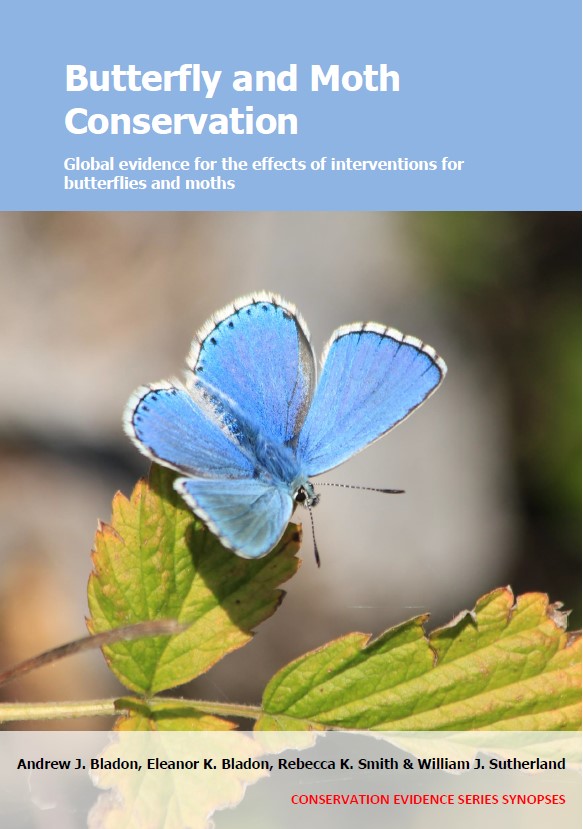Manage rice field banks to benefit butterflies and moths
-
Overall effectiveness category Awaiting assessment
-
Number of studies: 1
View assessment score
Hide assessment score
How is the evidence assessed?
-
Effectiveness
not assessed -
Certainty
not assessed -
Harms
not assessed
Study locations
Supporting evidence from individual studies
A replicated, site comparison study in 2016 on three rice farms in Pavia province, Italy (Giuliano et al 2018) found that unmown, herbicide-free rice field banks had a higher abundance and species richness of butterflies than banks which were mown or sprayed with herbicide. On unmanaged banks, the abundance (1.2–12.2 individuals/100 m) and species richness (0.7–2.6 species/100 m) of butterflies was higher than on mown (abundance: 0.5–6.1 individuals/100 m; richness: 0.4–2.0 species/100 m) or sprayed banks (abundance: 0.1–2.3 individuals/100 m; richness: 0.1–1.1 species/100 m). Endangered large copper Lycaena dispar butterflies were present on more unmanaged banks (48 individuals) than on sprayed banks (10 individuals). See paper for other species results. Banks (1–2 m wide) between paddy fields on three farms were managed in one of three ways: sprayed with herbicide (Glyphosate) in April, mown 1–3 times between late April and August, or left unmanaged with permanent herbaceous cover. From April–September 2016, butterflies were surveyed monthly on 160–440-m-long transects on 30 field banks (13 sprayed, 13 mown, four unmanaged).
Study and other actions tested
Where has this evidence come from?
List of journals searched by synopsis
All the journals searched for all synopses
This Action forms part of the Action Synopsis:
Butterfly and Moth Conservation
Butterfly and Moth Conservation - Published 2023
Butterfly and Moth Synopsis





)_2023.JPG)














